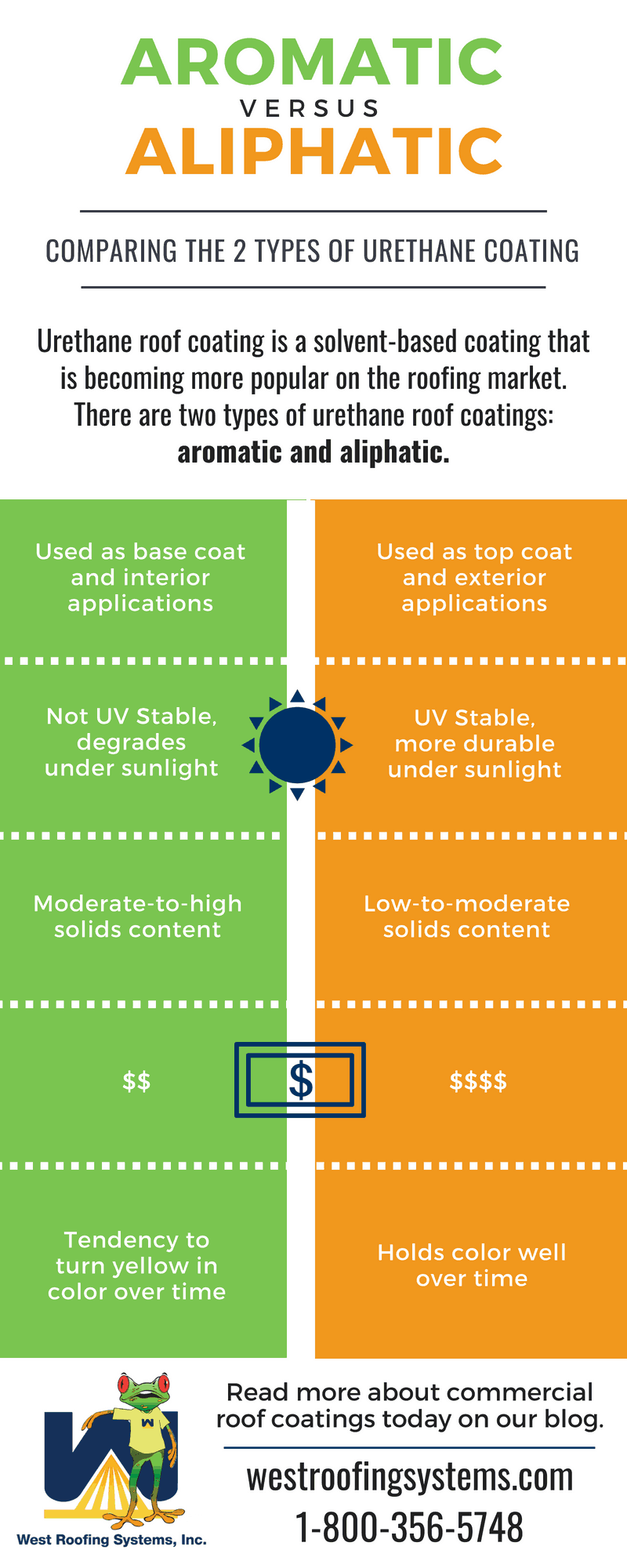Examining Photovoltaic Panel Varieties: Identifying The Ideal Option For Your House
Examining Photovoltaic Panel Varieties: Identifying The Ideal Option For Your House
Blog Article
Material Produce By-Guy Nygaard
When it concerns choosing the right solar panels for your home, the options can be frustrating. Each type uses unique benefits and compromises, making it vital to determine which variables straighten finest with your objectives. Whether your emphasis gets on effectiveness, cost-effectiveness, or aesthetics, there's a photovoltaic panel kind that can accommodate your demands. So, prior to you choose, consider the essential facets that will influence your solar power system's performance and viability for your home.
Monocrystalline Solar Panels
When taking into consideration solar panels, you might discover monocrystalline photovoltaic panels. These panels are recognized for their high effectiveness rates due to their building and construction from a solitary constant crystal structure. This layout allows monocrystalline panels to perform far better in reduced light problems compared to various other kinds of solar panels. Furthermore, their smooth black look makes them a prominent option for residential installments, blending in effortlessly with many rooftops.
One essential benefit of monocrystalline photovoltaic panels is their room effectiveness. They call for less room to generate the very same amount of electrical energy as various other photovoltaic panel types, making them suitable for homes with restricted roofing area.
While monocrystalline panels have a tendency to be more costly upfront, their lasting longevity and performance typically make them an economical financial investment in the world of solar power. If you focus on effectiveness and aesthetic appeals in your photovoltaic panel option, monocrystalline panels could be the best option for your home.
Polycrystalline Solar Panels
Polycrystalline solar panels, additionally called multicrystalline photovoltaic panels, provide a different choice to monocrystalline panels. These panels are made from silicon crystals that are thawed together, producing a less uniform look compared to monocrystalline panels.
https://shepherdexpress.com/news/features/habitat-for-humanity-brings-solar-power-to-milwaukee/ of the vital benefits of polycrystalline panels is their lower manufacturing expense, making them a much more affordable option for property owners aiming to purchase solar power.
While polycrystalline panels may have a somewhat reduced effectiveness price compared to monocrystalline panels, they still provide a reputable and cost-effective way to produce solar energy for your home. These panels perform well in high temperatures and are a resilient option for a variety of climates.
If you have a larger roofing room and are wanting to optimize your power manufacturing without breaking the bank, polycrystalline panels could be the best option for you.
When taking into consideration photovoltaic panel alternatives for your home, it's necessary to weigh the cost-effectiveness and efficiency of polycrystalline panels against your energy needs and spending plan restrictions.
Thin-Film Solar Panels
Moving on to Thin-Film Solar Panels, these panels use an one-of-a-kind alternative to standard silicon-based options like polycrystalline panels. Thin-film panels are light-weight and flexible, making them much easier to set up on numerous surfaces like rounded roofs or walls. They're additionally extra aesthetically pleasing, blending in flawlessly with the style of your home.
However, it's necessary to note that thin-film panels typically have reduced efficiency prices compared to crystalline silicon panels. This suggests you might require even more area to create the exact same quantity of electrical energy.
On the silver lining, thin-film panels carry out better in low-light problems and have a reduced temperature coefficient, meaning they can generate more energy on warm days. If you have sufficient space and are looking for a versatile and visually appealing photovoltaic panel choice, thin-film panels could be an excellent selection for your home.
Conclusion
Finally, when choosing the very best solar panel type for your home, consider your energy needs, budget, and space restraints. Monocrystalline panels supply high effectiveness in limited space, while polycrystalline panels supply a cost-efficient alternative with reputable performance. Thin-film panels offer versatility and aesthetic charm however might have lower efficiency prices. By weighing these aspects, you can choose the photovoltaic panel kind that best fits your details demands.
